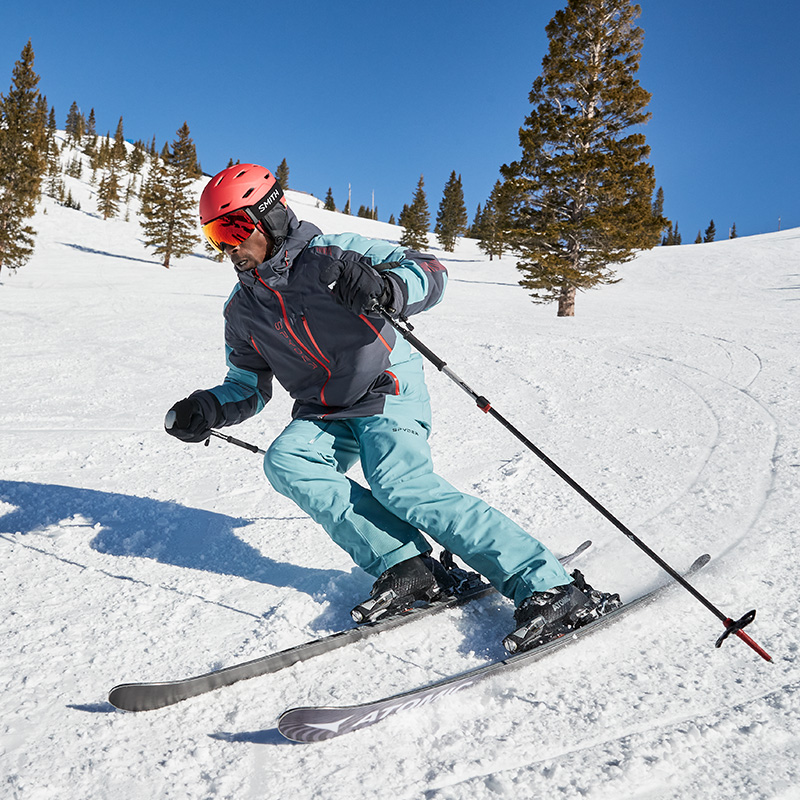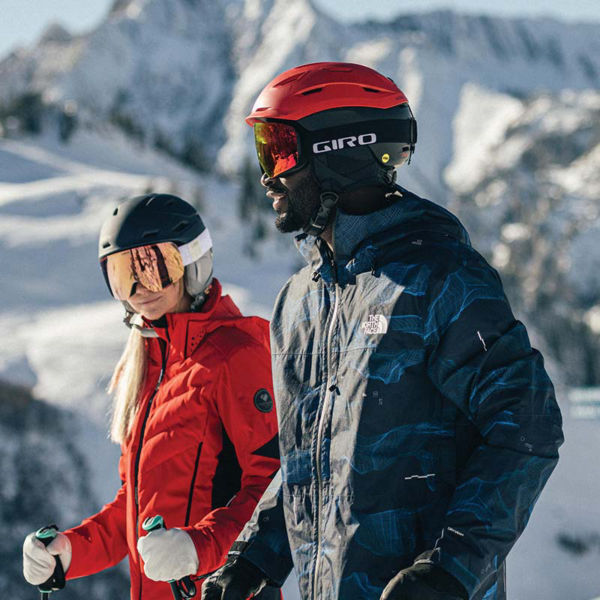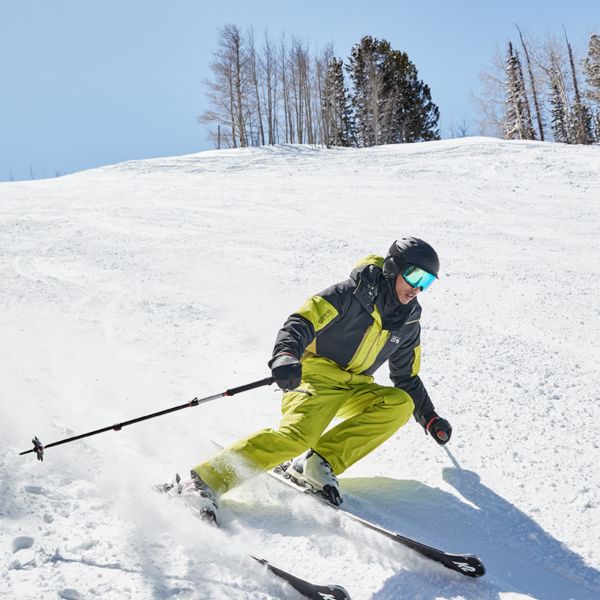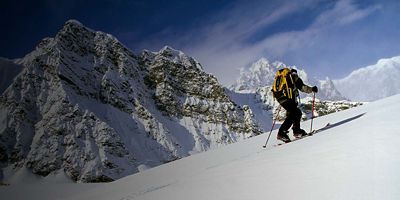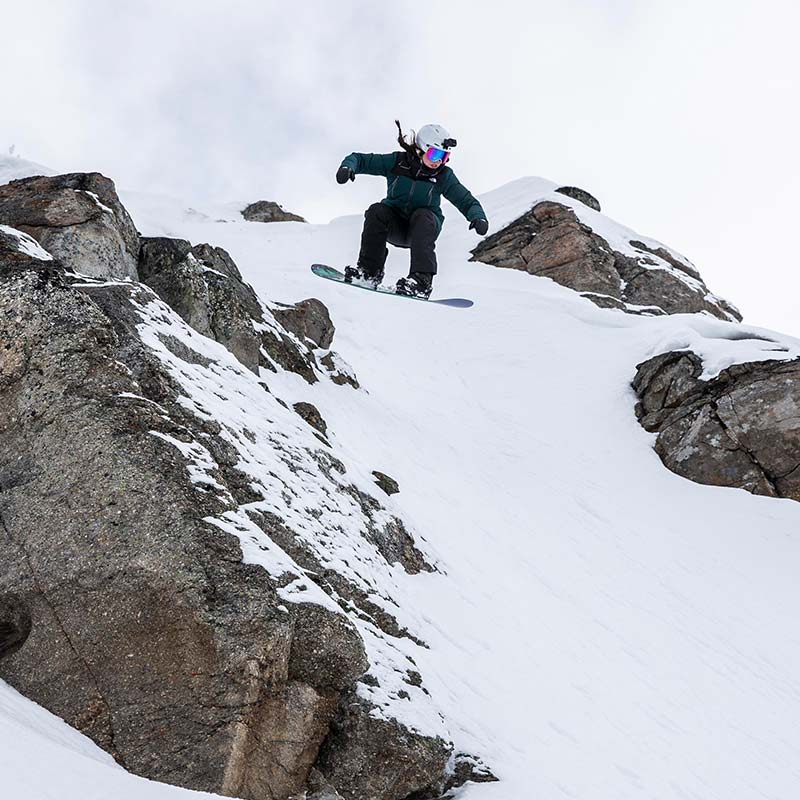
Head to any resort on a powder day and you’d better get there early to score any fresh snow on the slopes. But head into the trees and you can find untracked powder all day long (and often days later). Skiing and riding trees, however, is a bit different than schussing down an open slope. Here’s how to have maximum fun with minimum risk.
Ski with a Friend
Just because your inbounds doesn’t mean you can count on help in case of an accident or getting lost. Some big resorts have vast forests that are great for skiing but can leave you stranded if you’re injured. Head out with a friend or in a group for safety. Also, decide on your line and where you’re meeting after the pitch, and check-in with your skimates periodically to regroup (and rest your legs).
Slow Down
Don’t turn them loose like you would on an open slope. In skier versus tree encounters, the tree always wins. Navigating trees requires more turns, better maneuverability, and the ability to stay in control at all times. Slow down.
Start Out in Glades
Avoid the tightest tree stands when you’re just getting started; begin in wide open glades before heading into tighter and more difficult trees. Glades allow for easy, swooping turns as you’re learning.
Look Ahead
This is critical. You want to look a few turns ahead. Anticipate each turn well beforehand and adjust your line for upcoming obstacles. If you can, plan out your next four or five turns. And you’re not just looking for trees. Keep an eye out for hazards like downfall and stumps (often seen as bumps in the snow), errant branches, rocks, and more.

